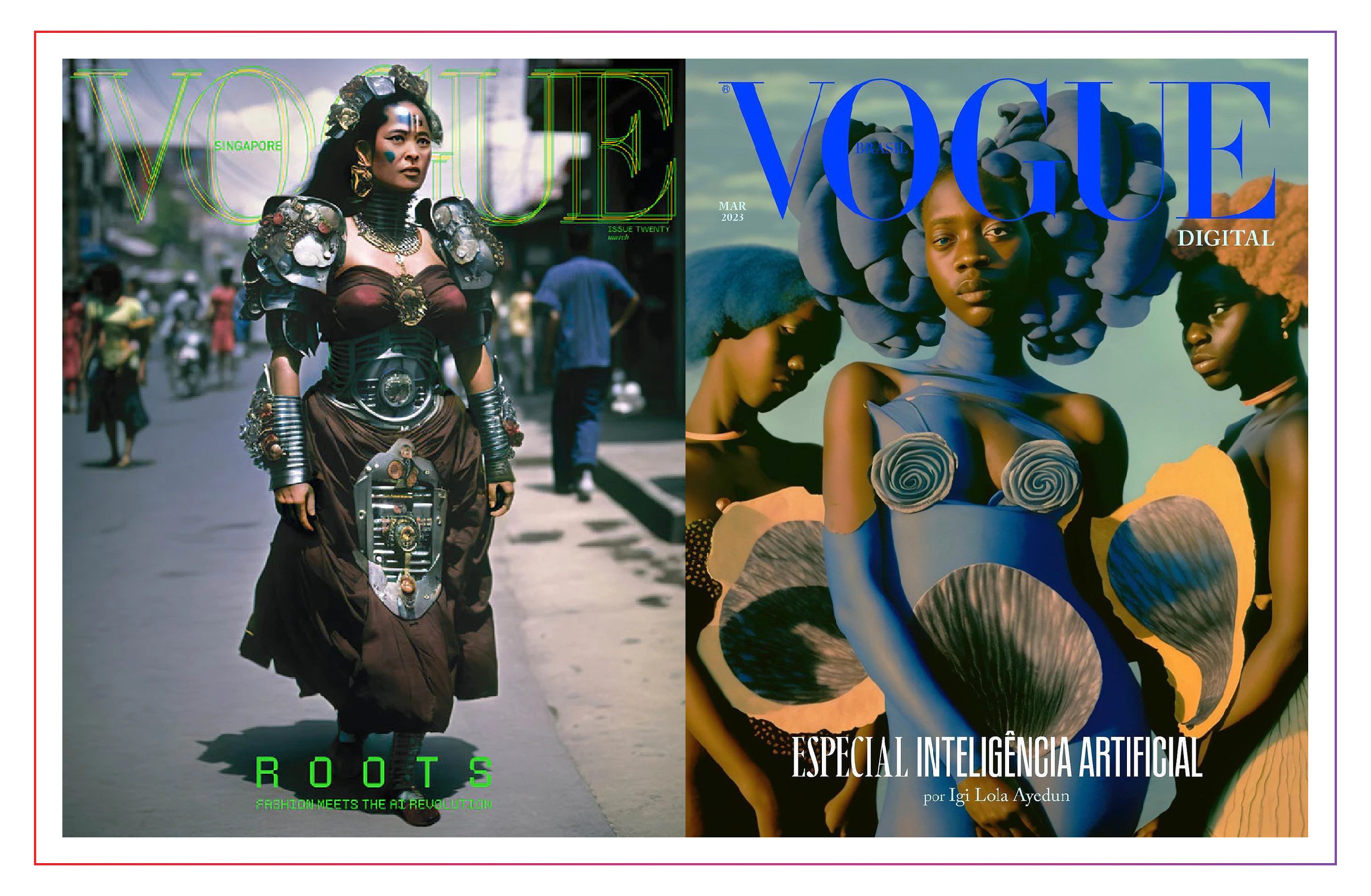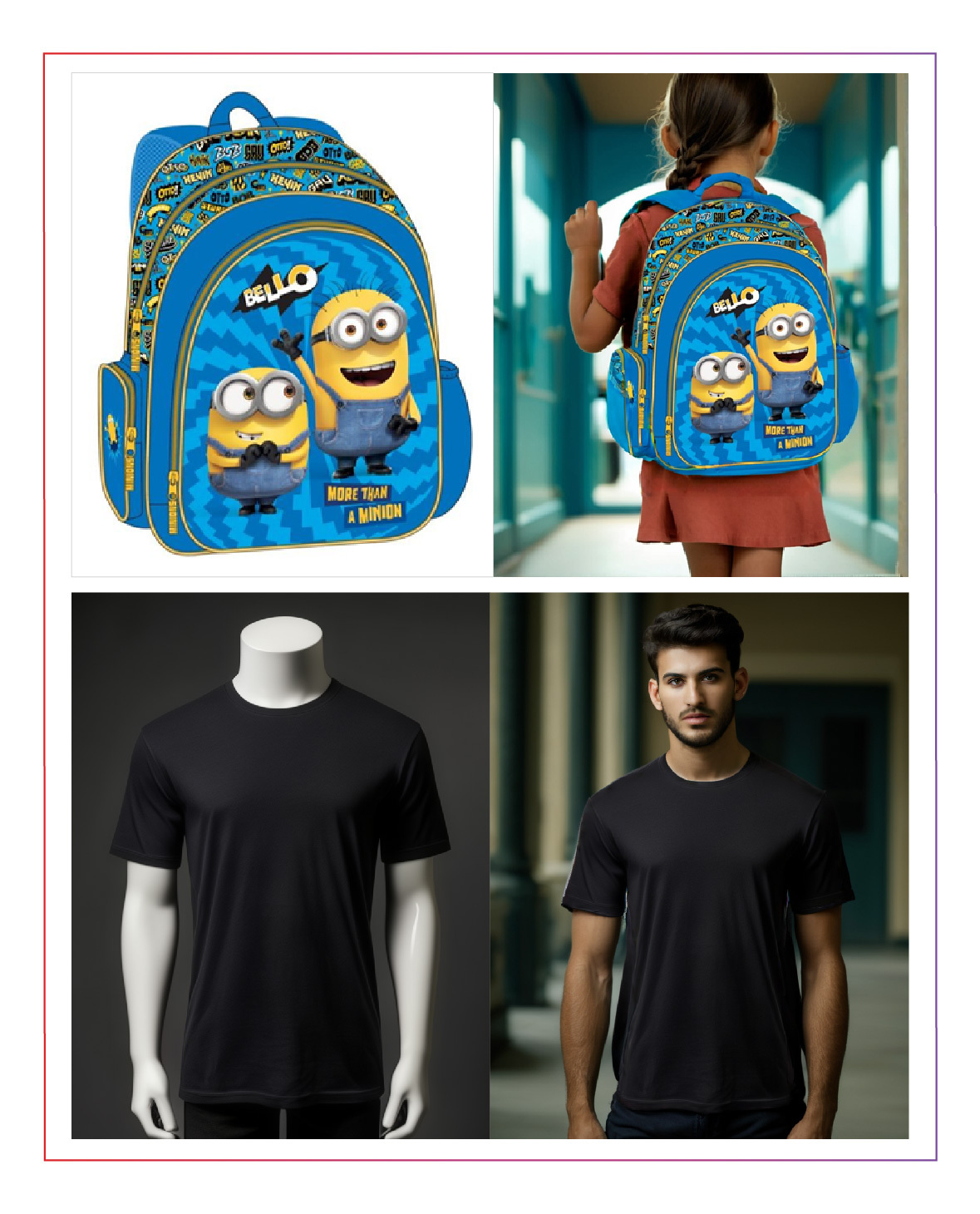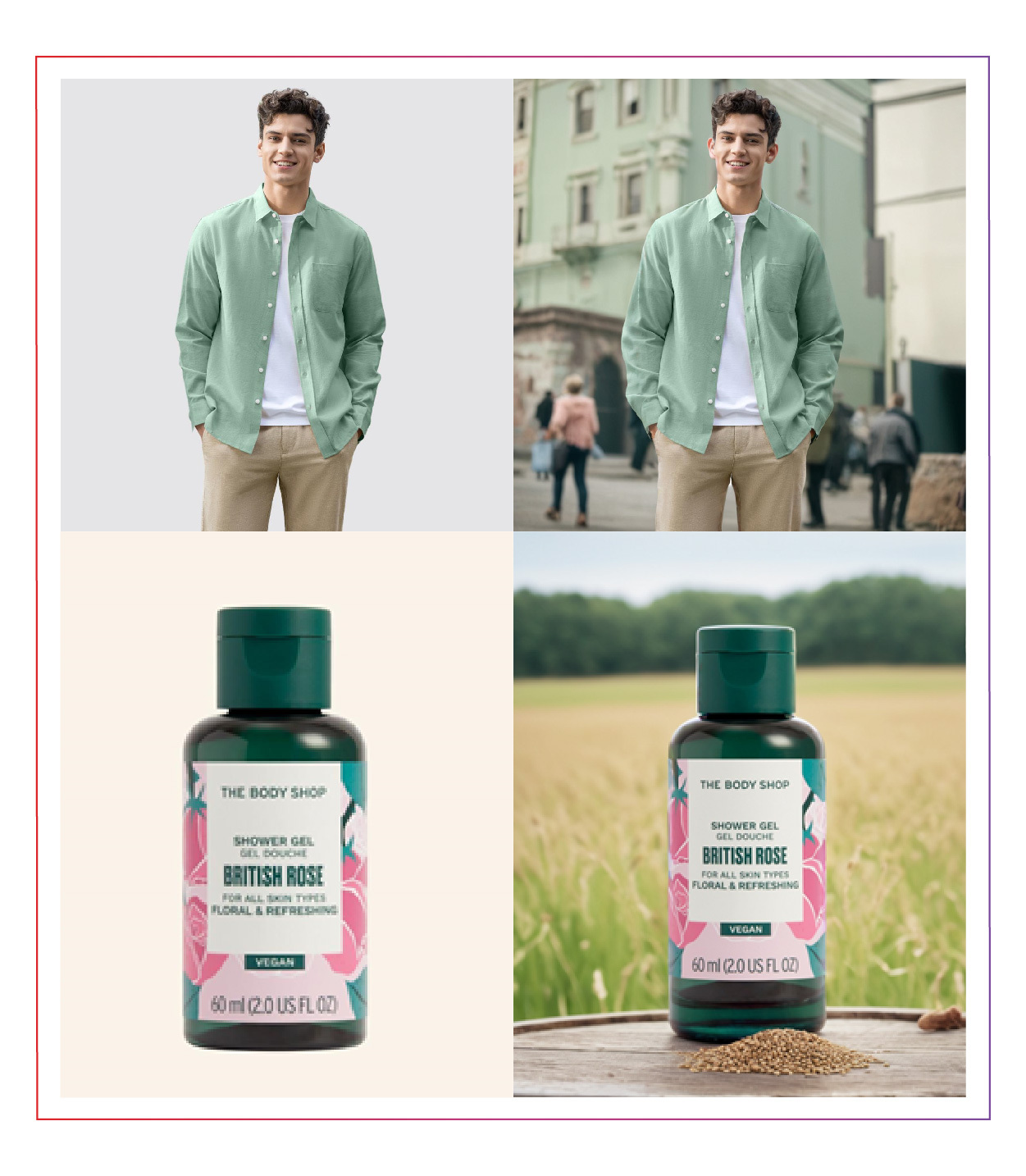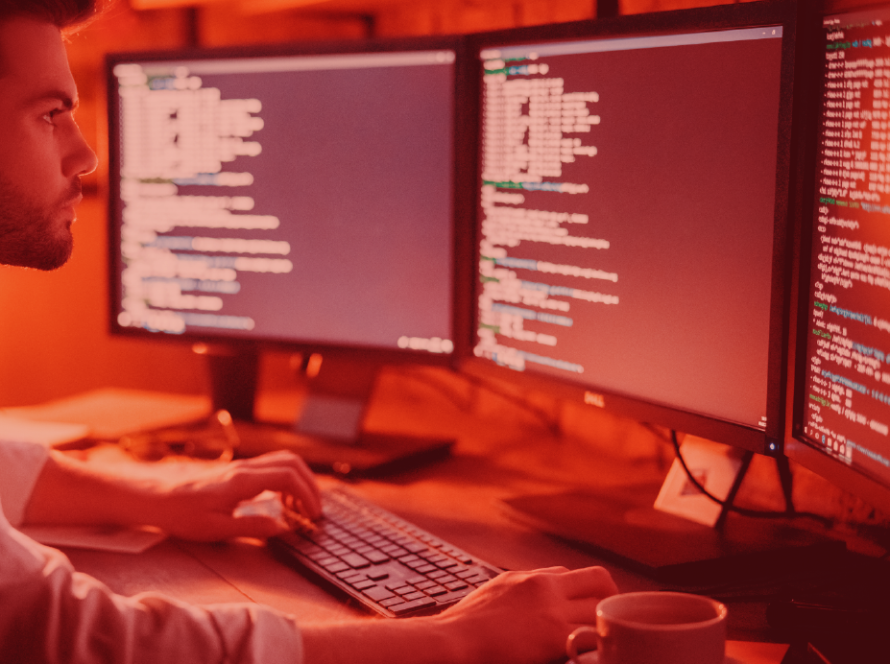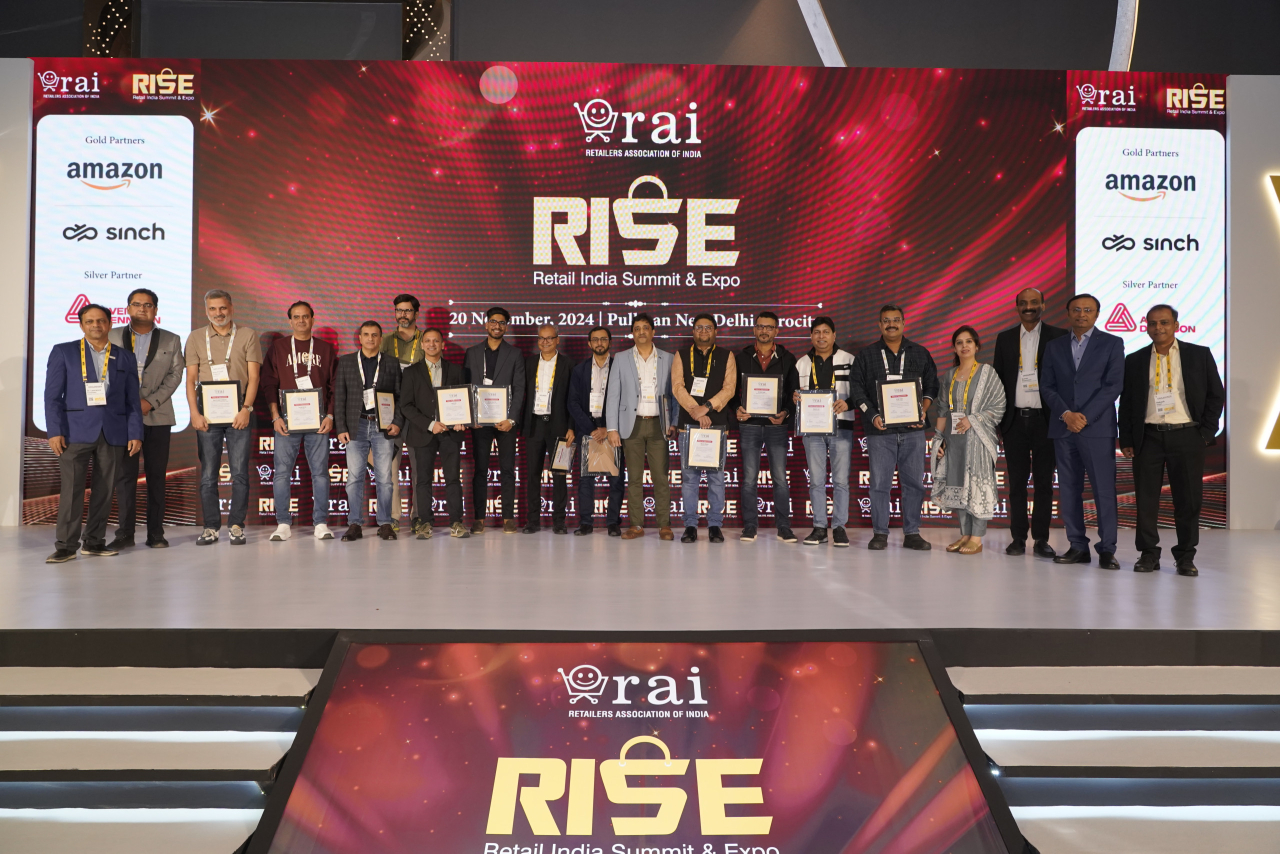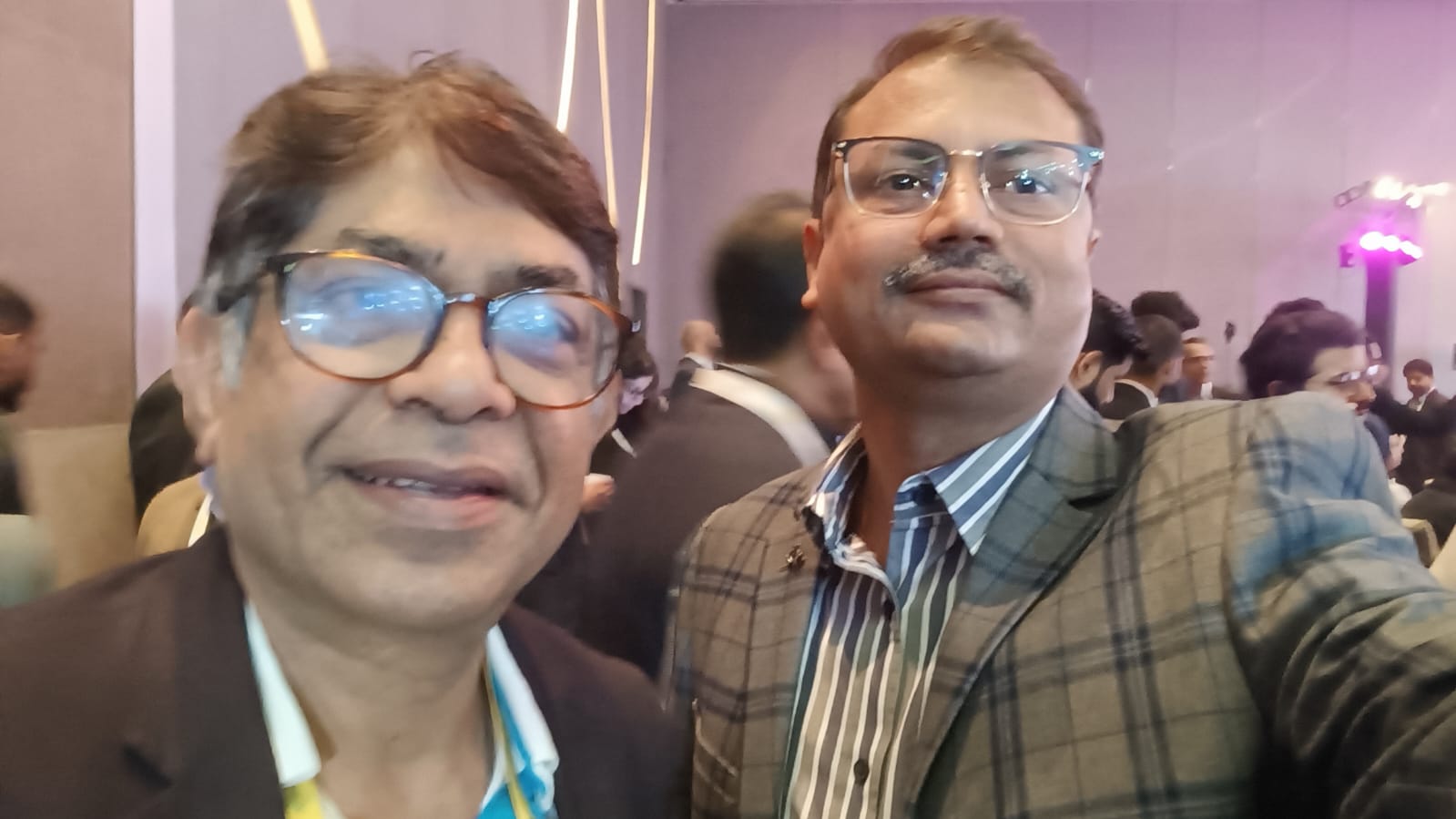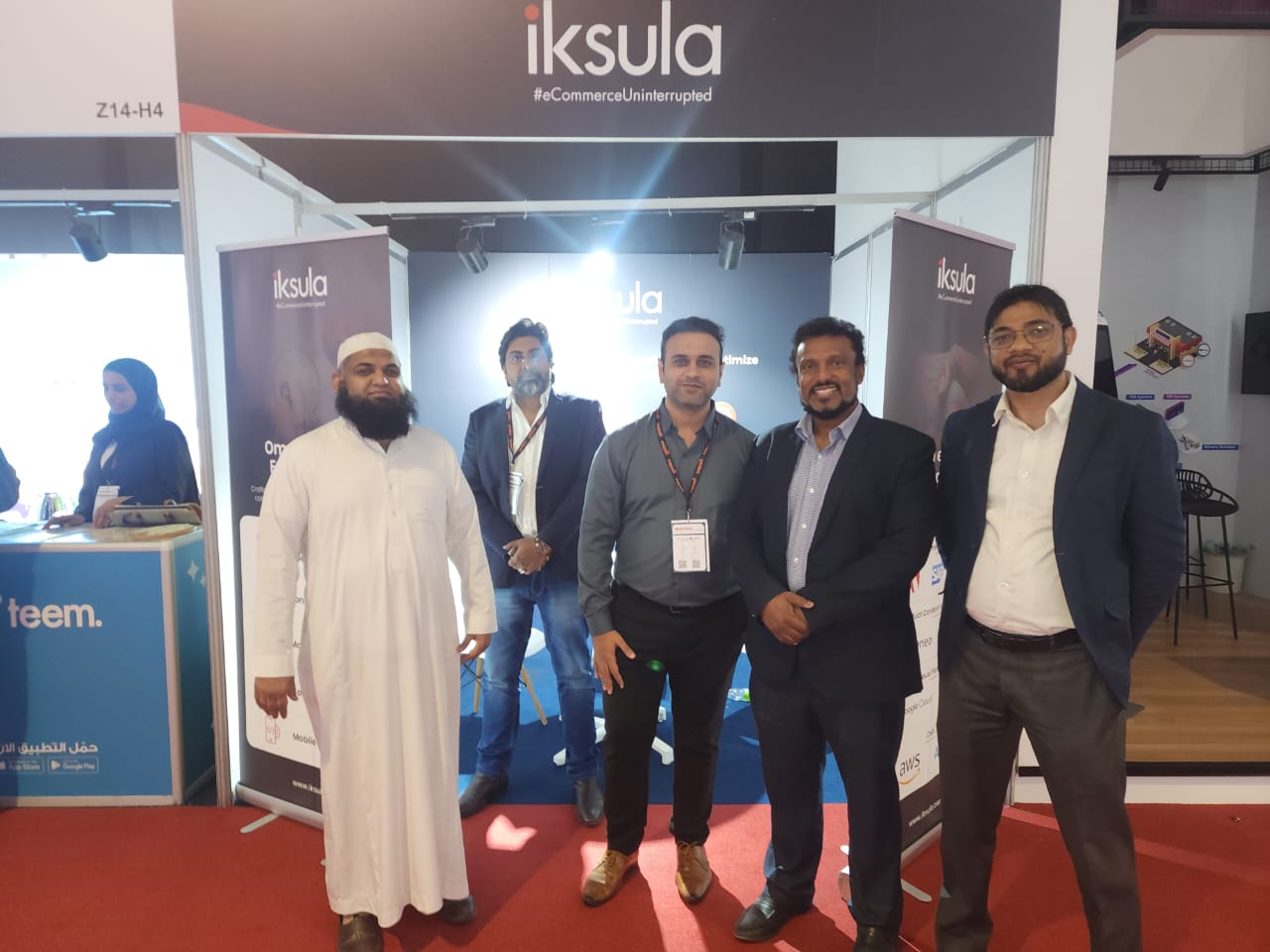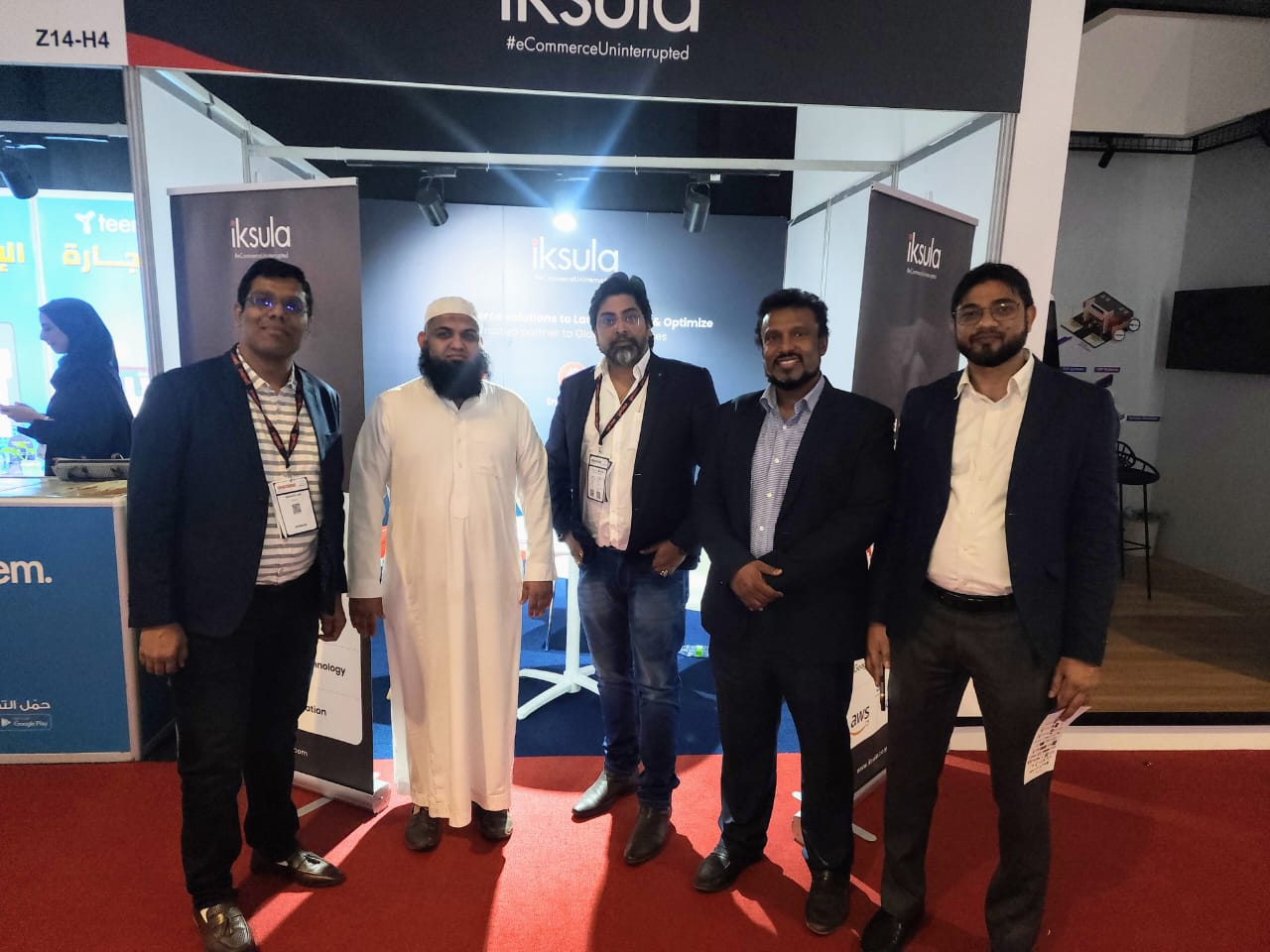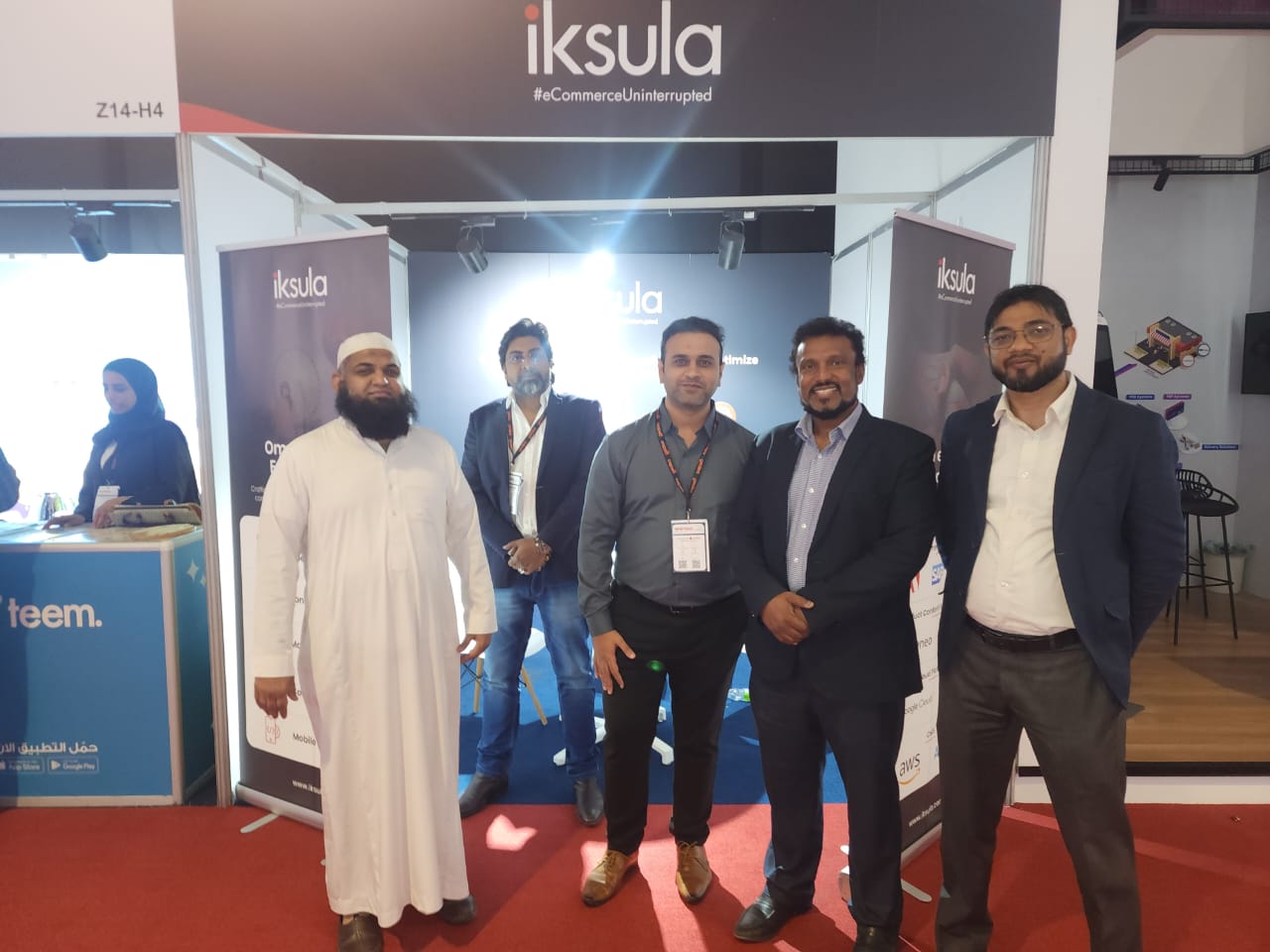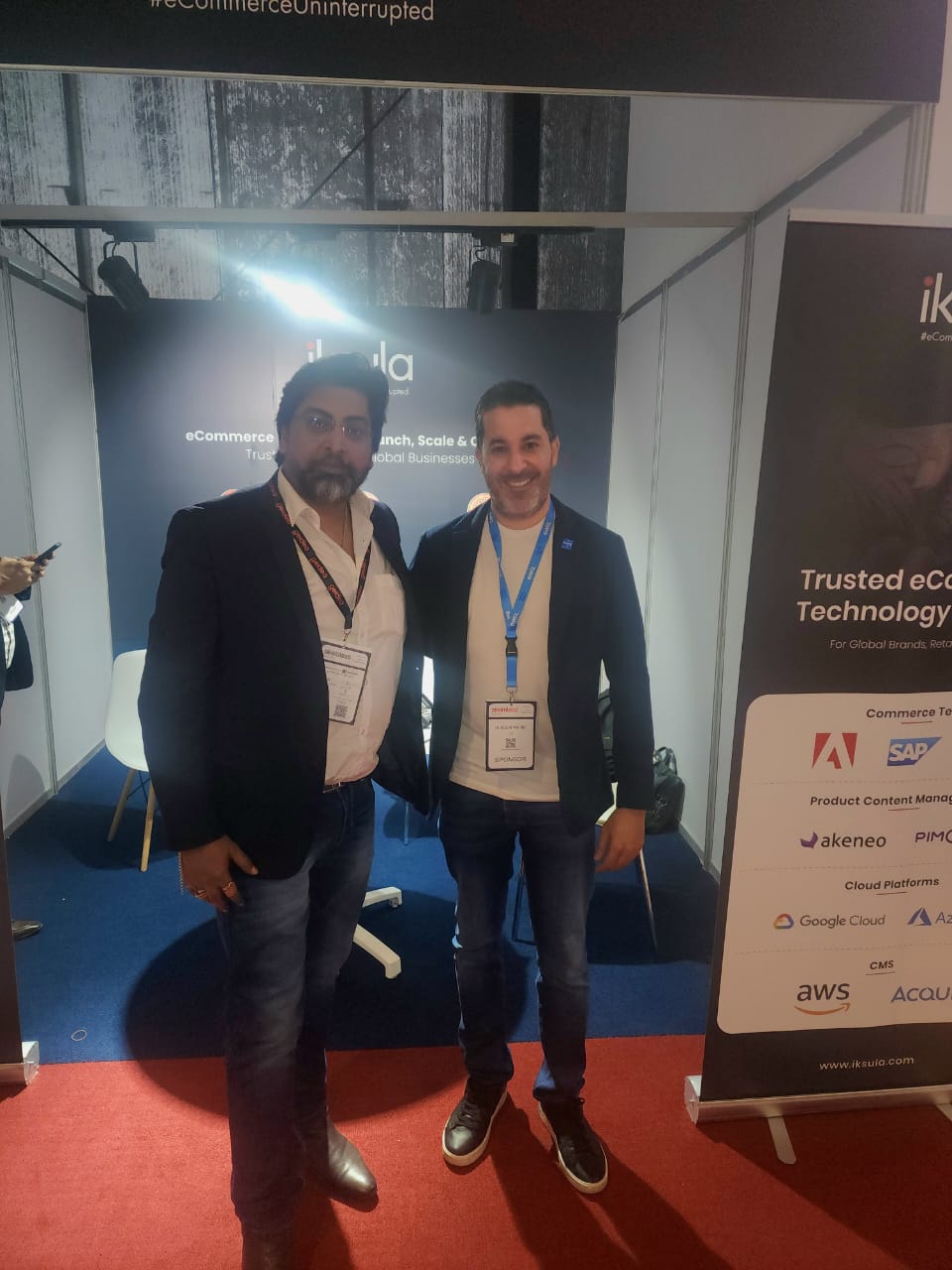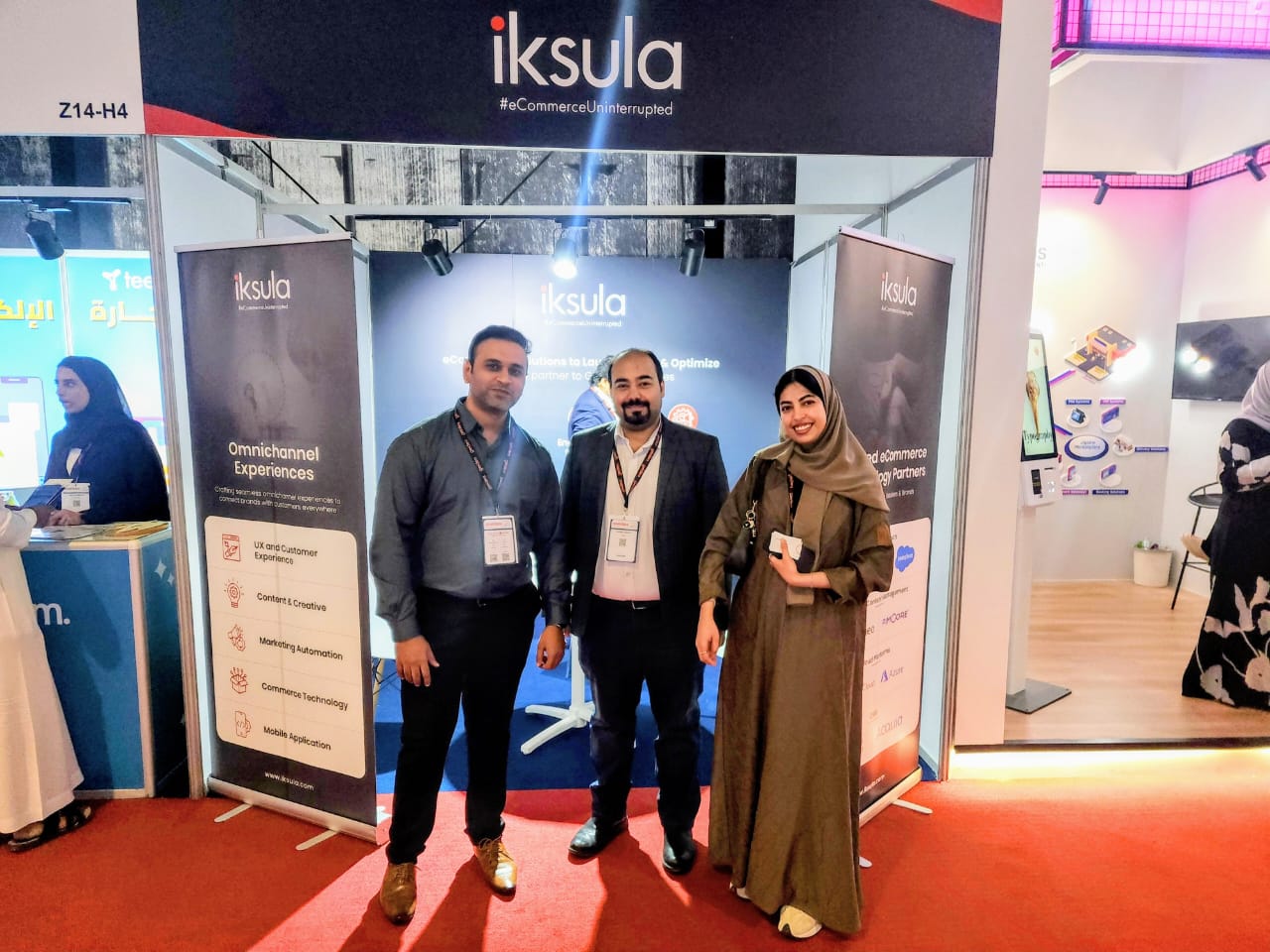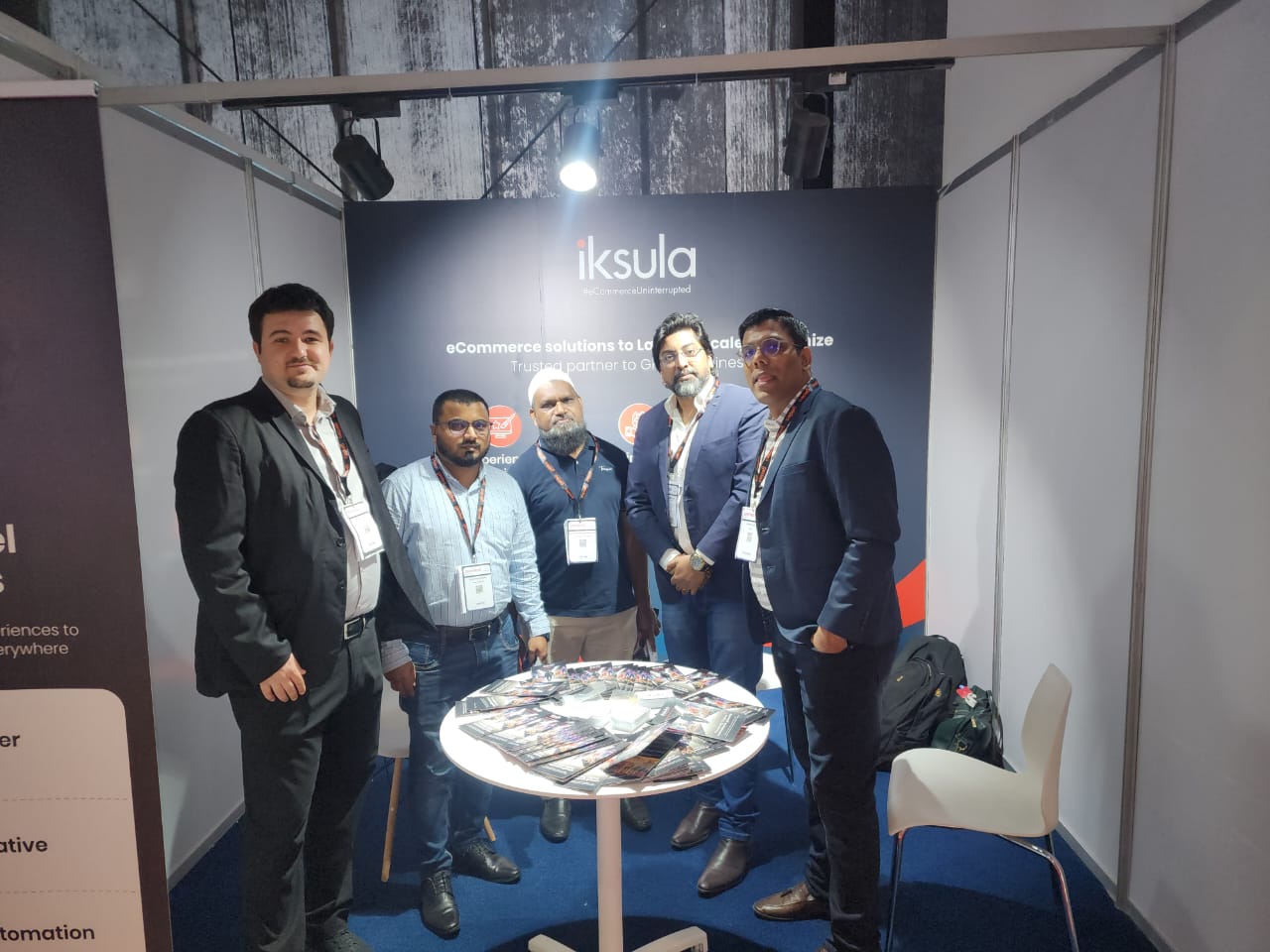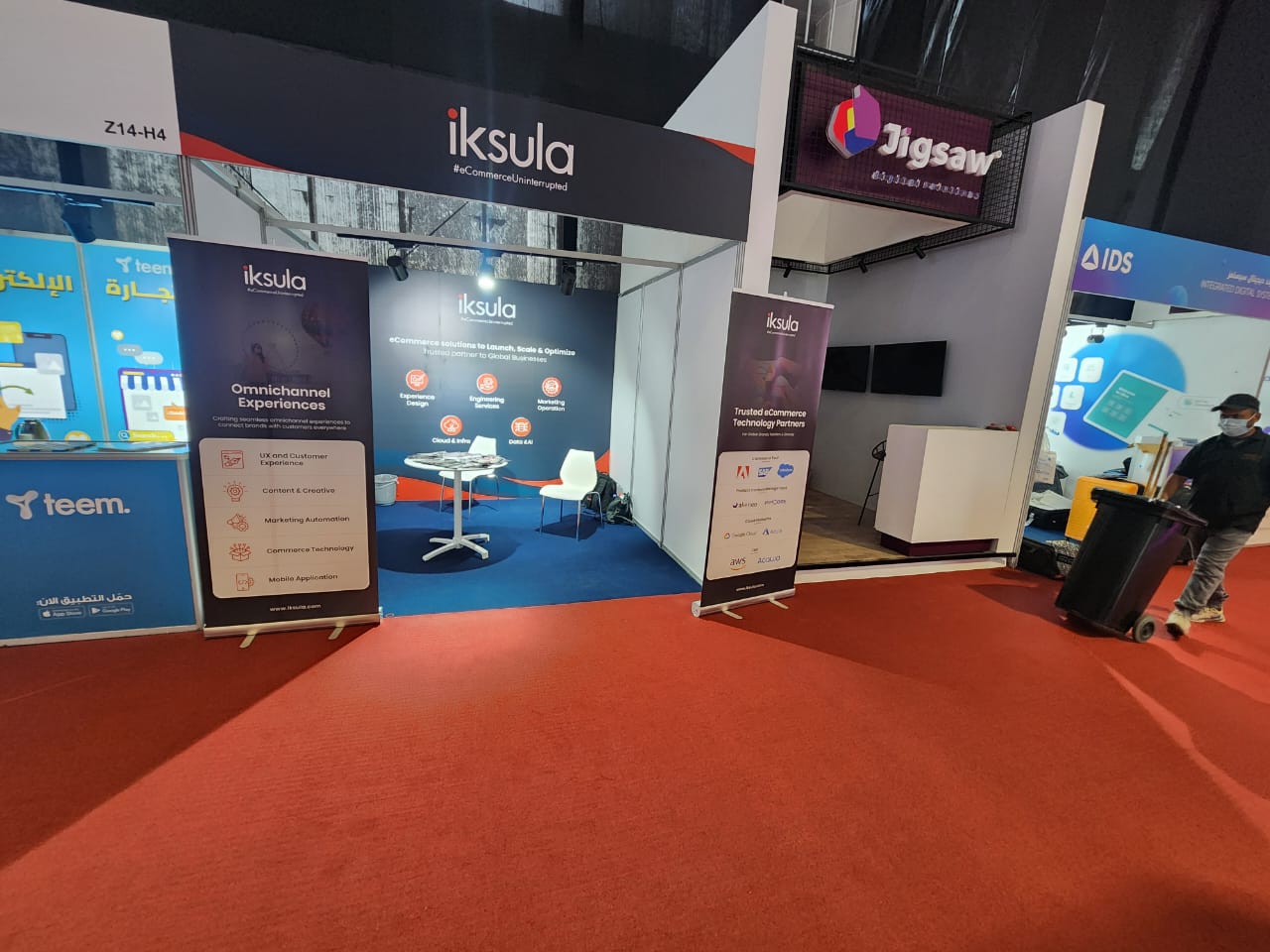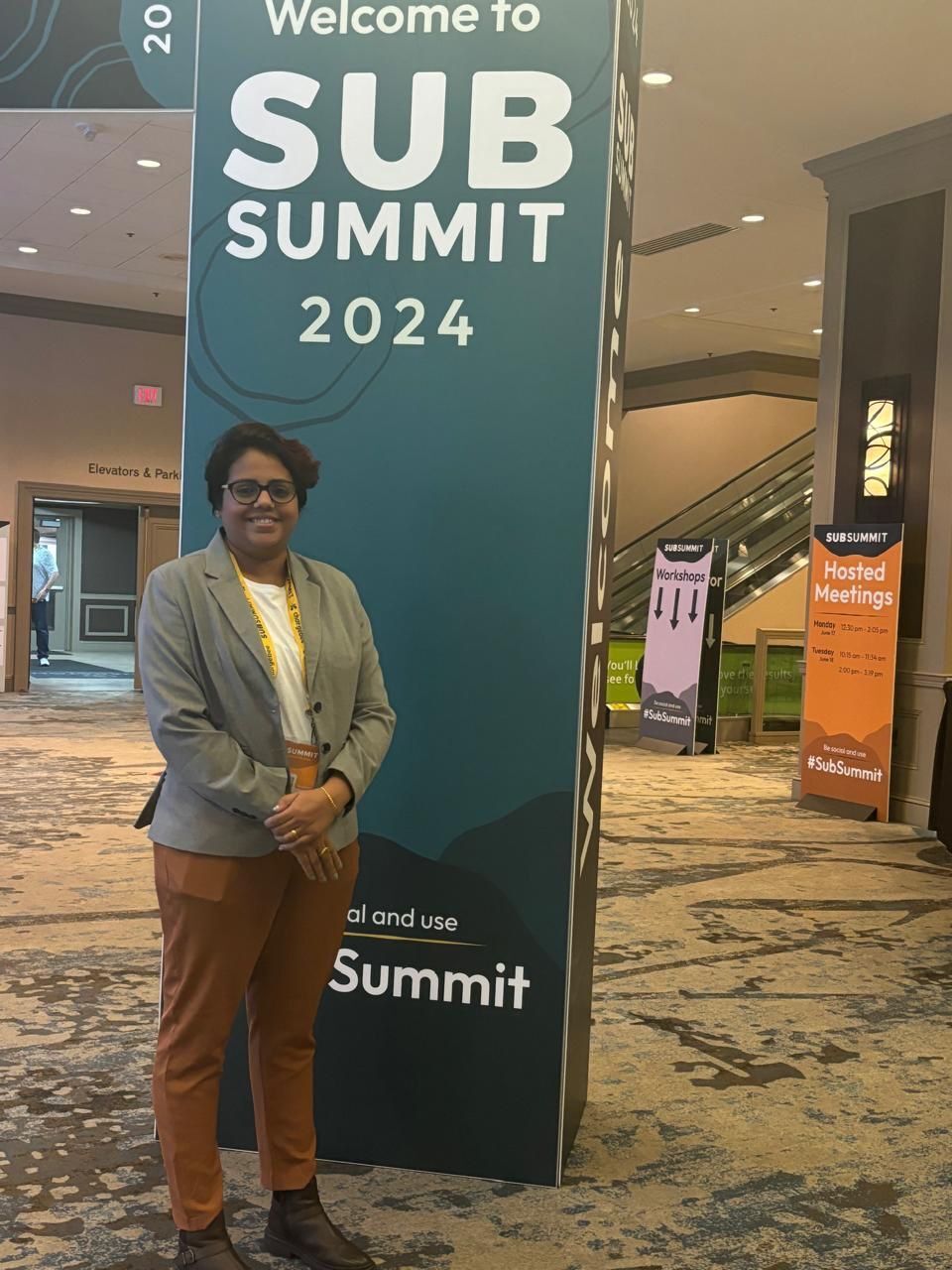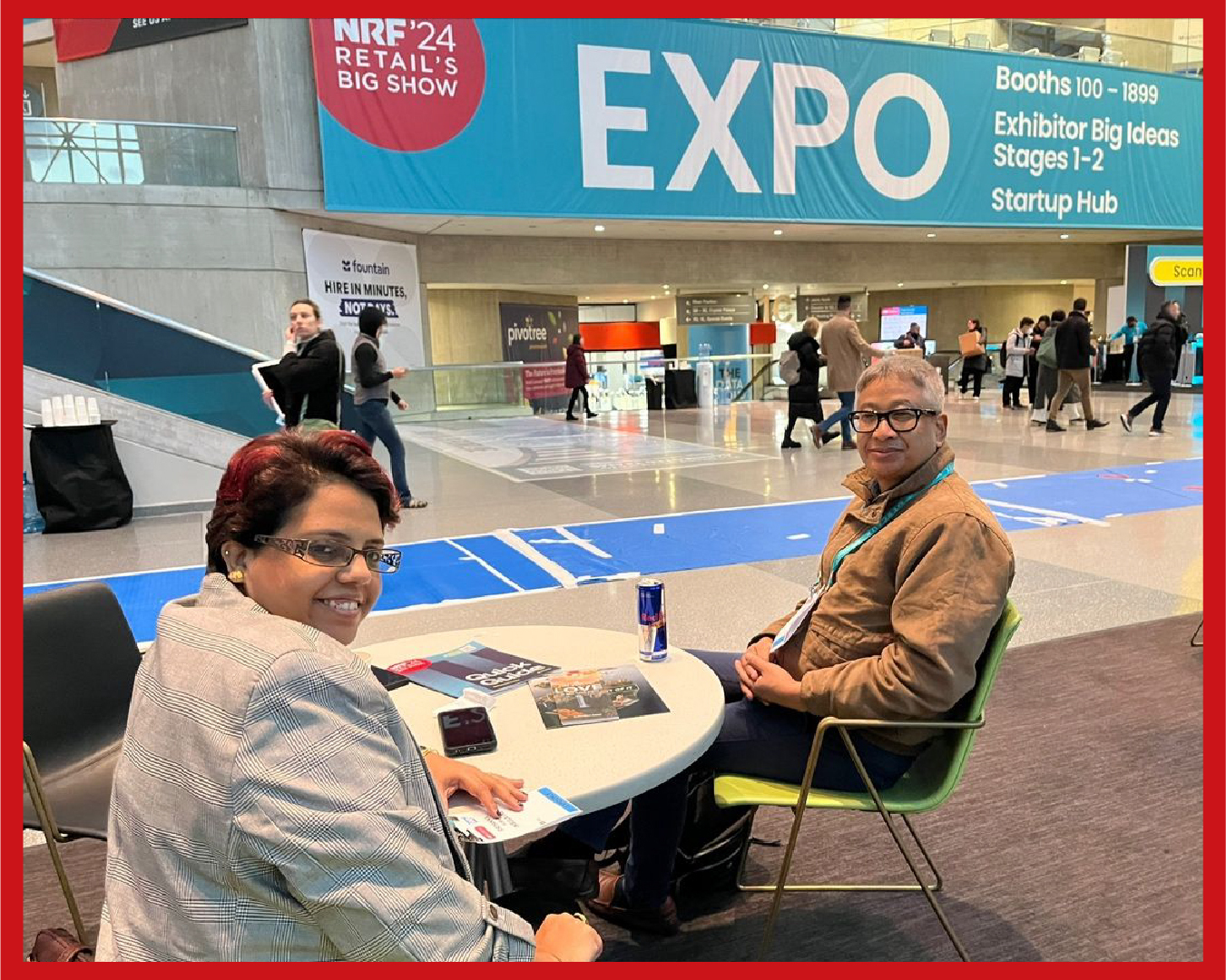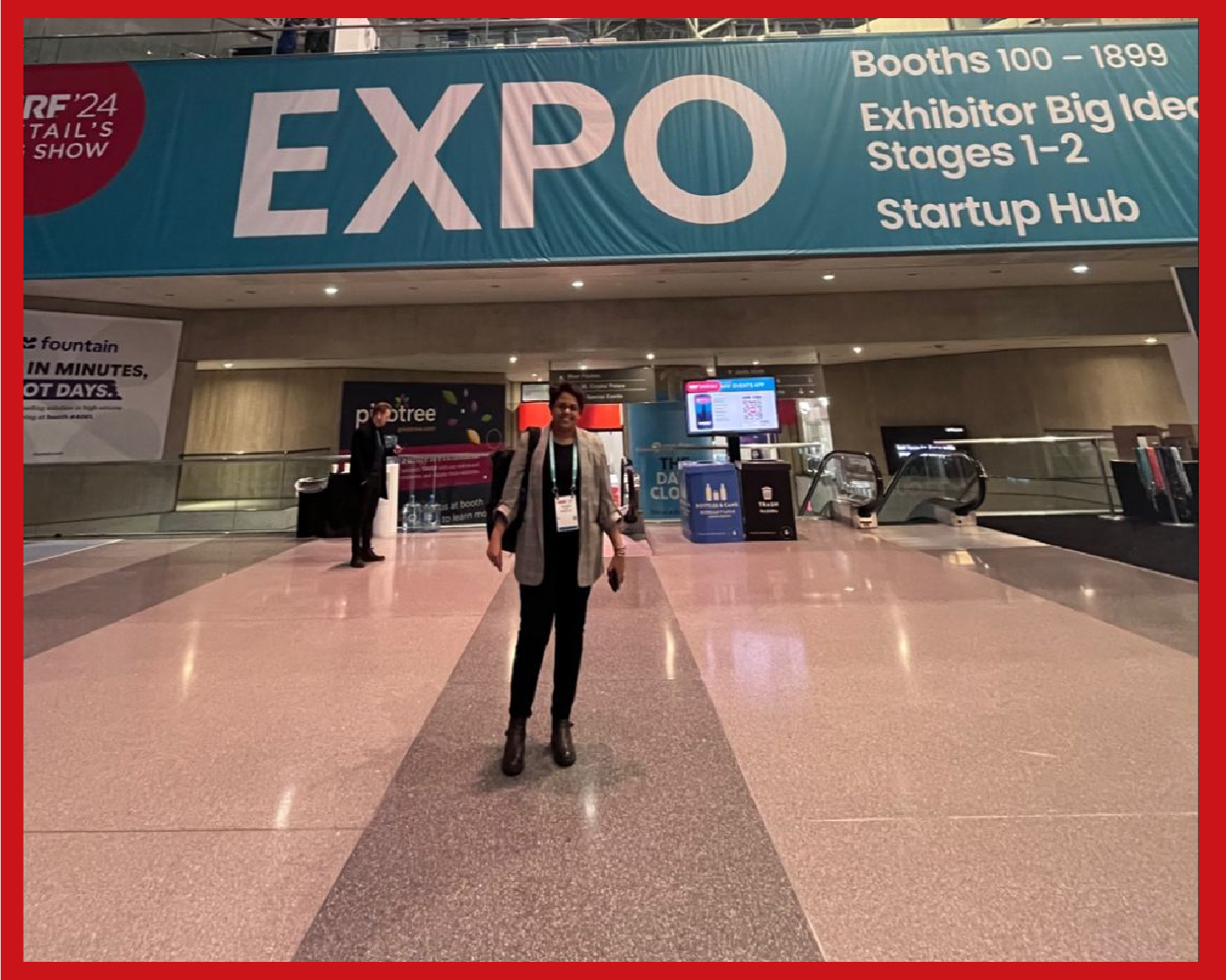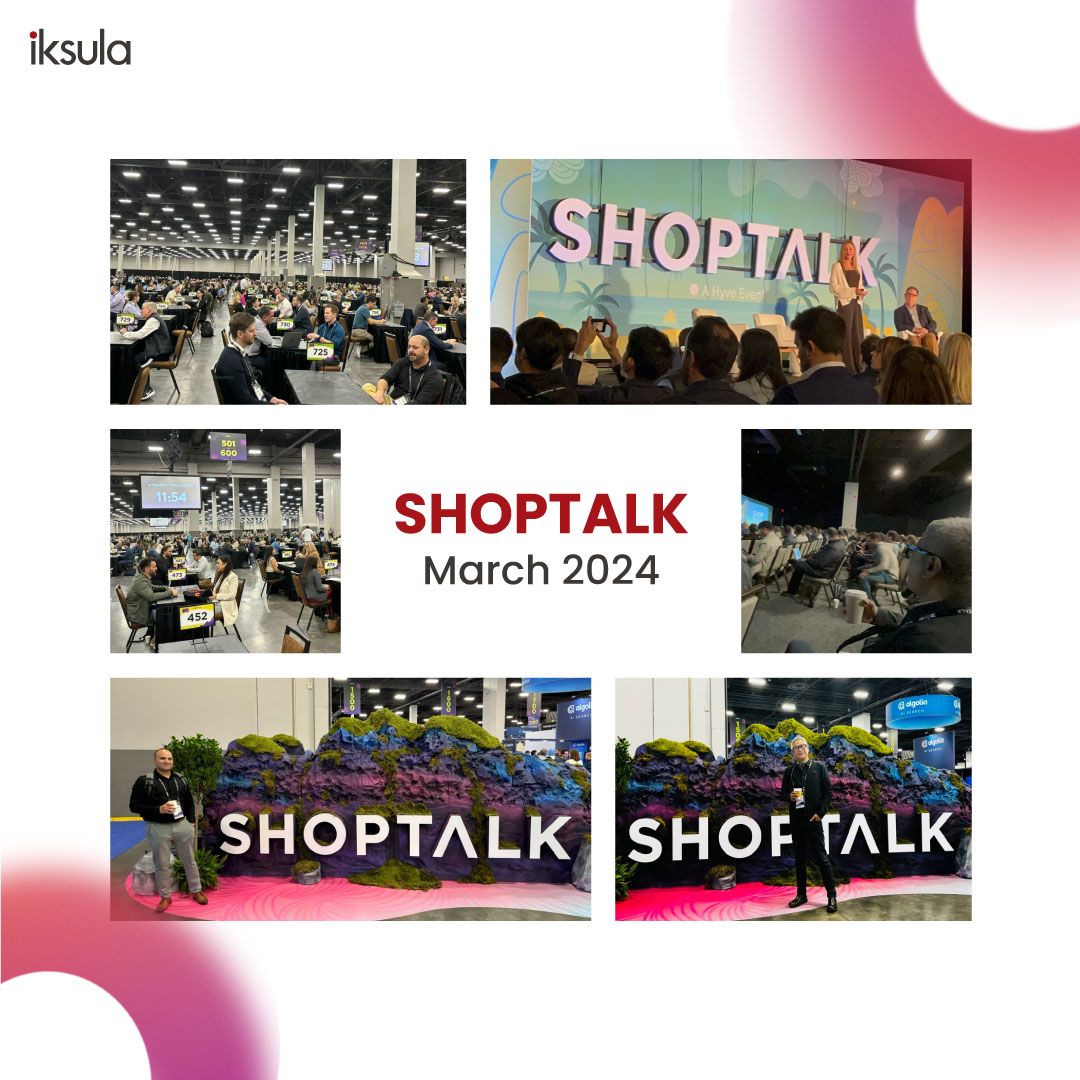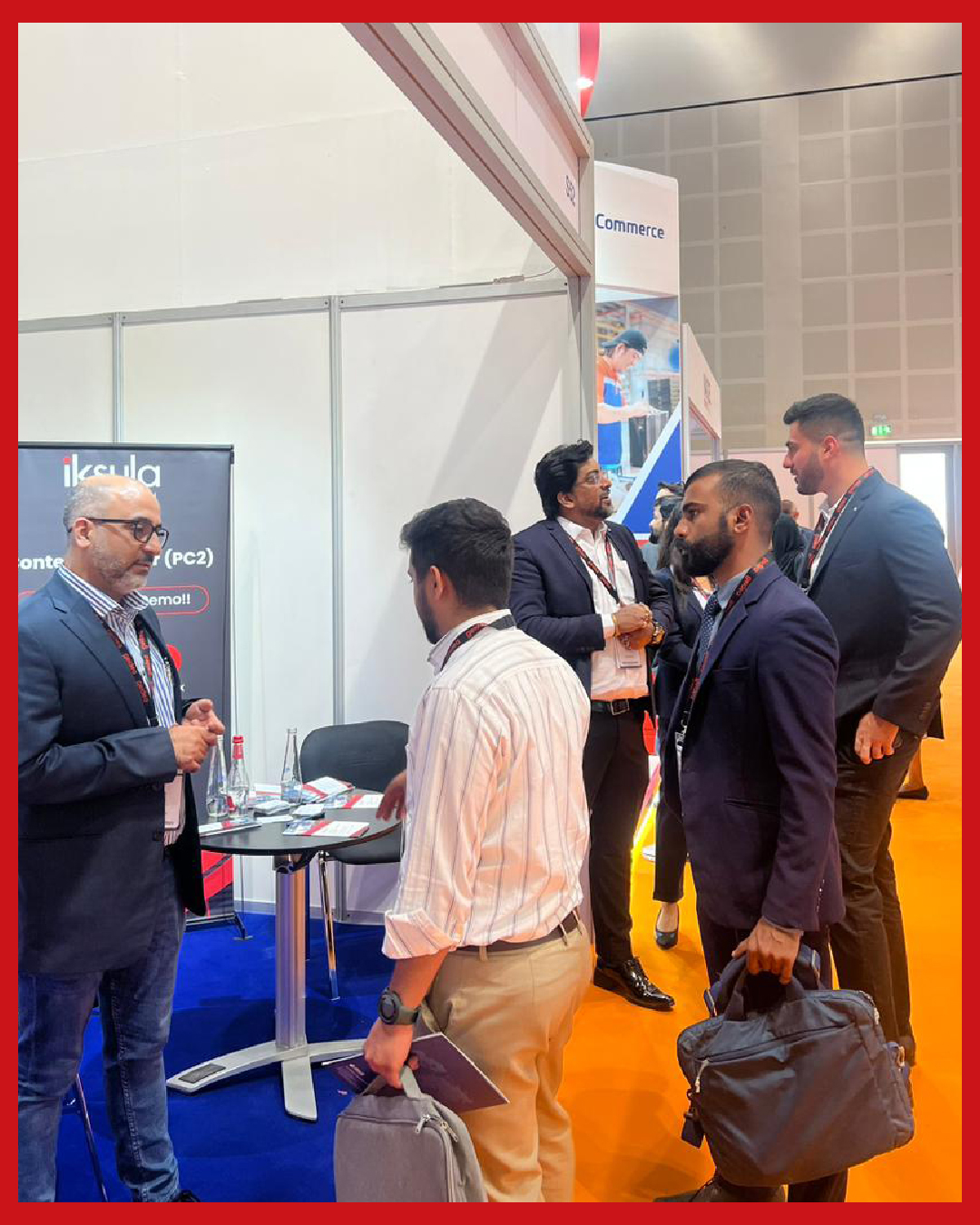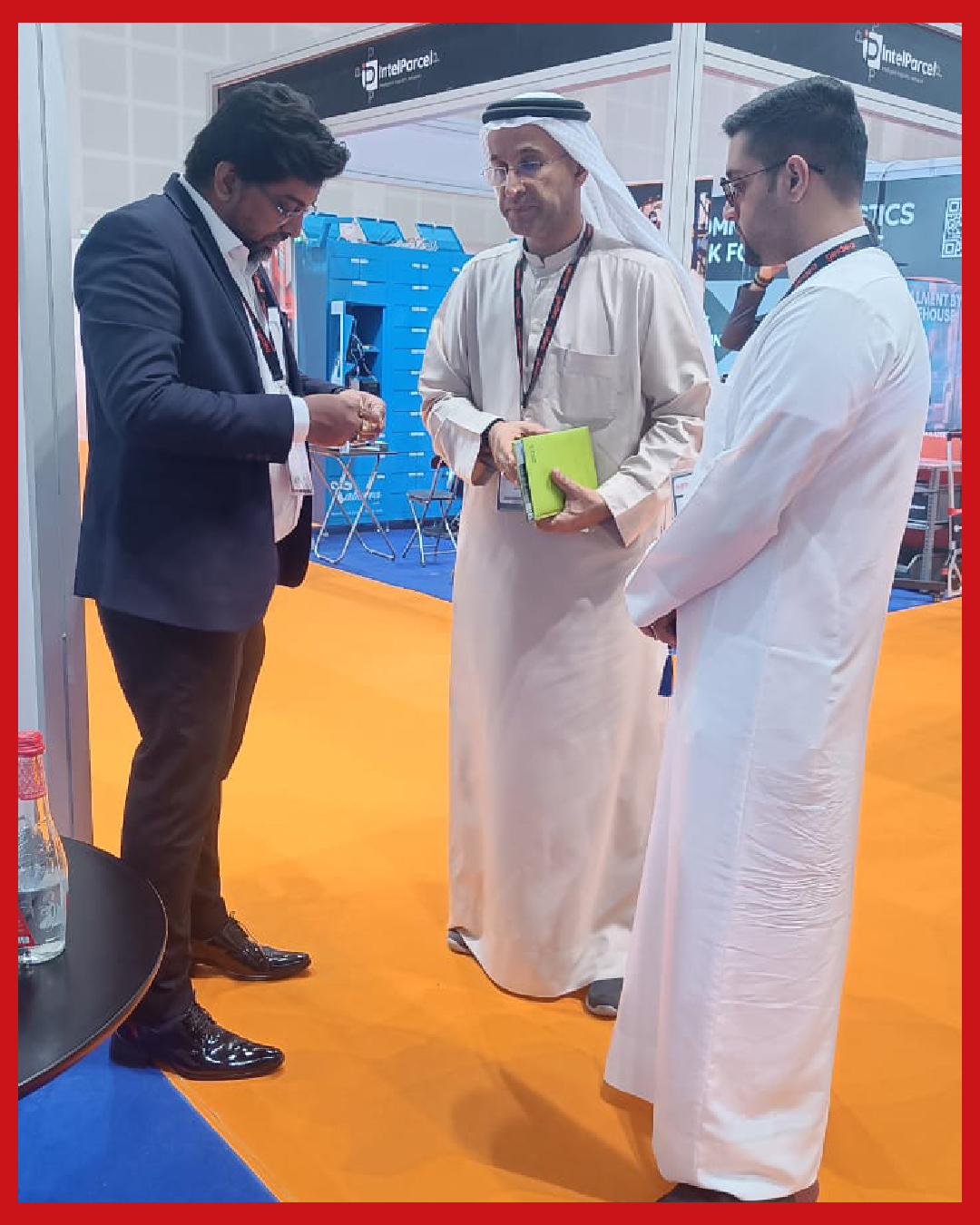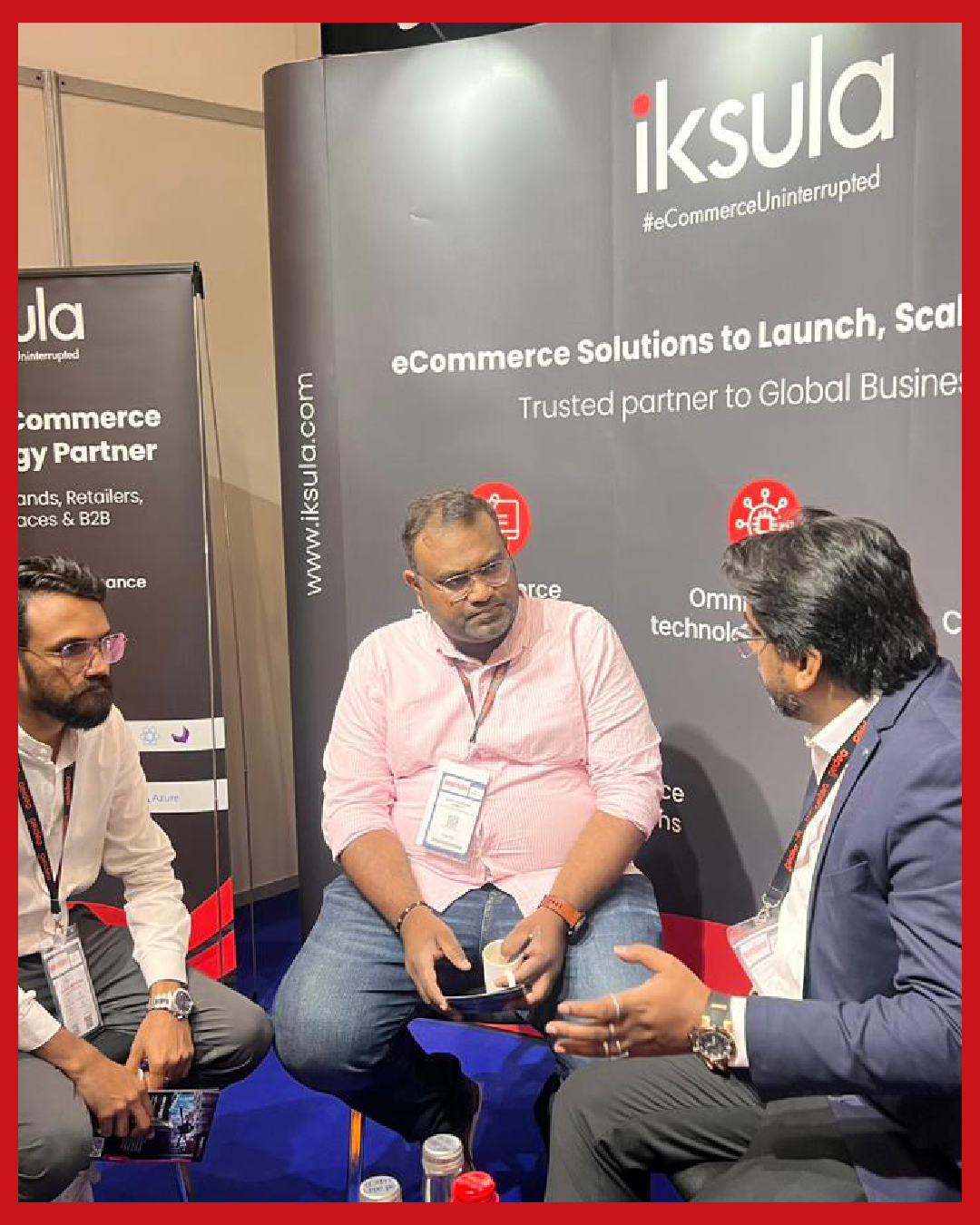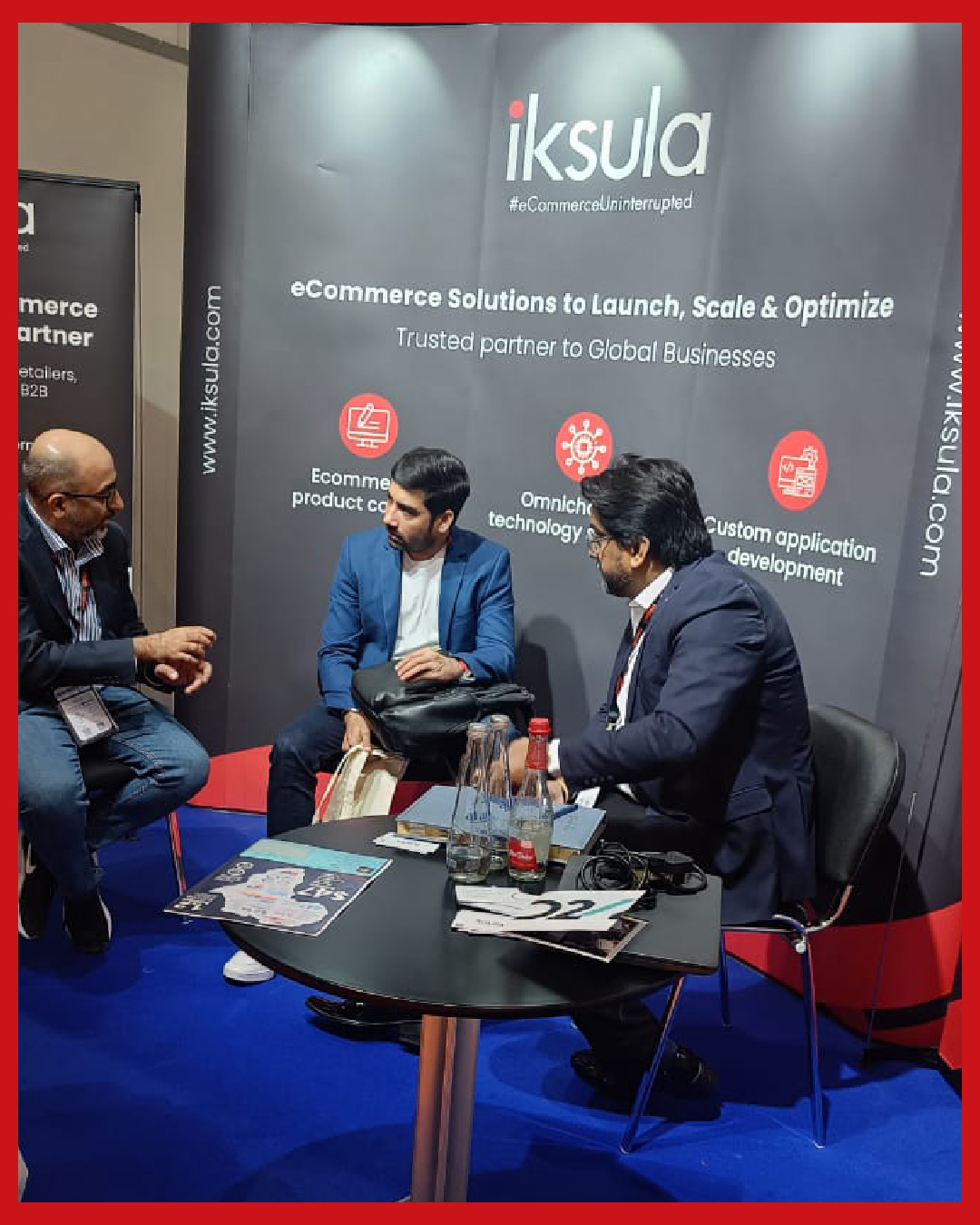The fashion industry, renowned for its creativity and rapid evolution, has always embraced change. From hand-drawn sketches to sophisticated digital designs, the methods of fashion creation have continually adapted to new technologies. Today, the industry stands on the brink of another revolution with the integration of Artificial Intelligence (AI). This transformation is not merely about enhancing existing processes but about fundamentally changing how fashion is conceptualized, created, and consumed.
AI creates new opportunities in this data-driven era by enhancing customer experiences, increasing efficiency, and advancing sustainability. Fashion companies, for instance, can produce eco-friendly designs by using AI-powered intelligent data analysis to optimize resource consumption. With its superior data analysis and real-time insights, AI is enabling trend prediction, effective consumer engagement, and revenue boosts in the fashion retail industry, paving the way for a meaningful futuristic transition.
From studio lights to AI-powered creation, fashion imagery goes digital
The fashion industry thrives on captivating visuals, but traditional methods of image creation are facing a crisis. Photography and marketing, while crucial partners, share a common burden: they’re labor-intensive and time-consuming. Here’s a breakdown of the challenges, highlighting why innovation is essential:
Slow Turnaround Time (TAT)
For time-sensitive campaigns or product launches, the entire photography and marketing process needs to be completed within a specific deadline. Photoshoots are time-consuming, involving location scouting, booking models, and post-production editing. This can be a bottleneck for brands needing to keep pace with fast-changing trends.
Cost Constraints
High-quality photoshoots are expensive. Photography requires investment in equipment selection, lighting setups, and crew. Marketing builds on these expenses, adding model fees, stylist costs, and potential travel expenses. These limitations restrict the volume and variety of content brands can produce. Post-production editing and digital enhancements also involve costs.
Comparing Traditional Photoshoots and AI Image Generation in Fashion
Global Appeal, Local Reach
Catering to diverse audiences across the globe with a single photoshoot is difficult. For global marketing campaigns, adapting images to suit different cultural contexts, languages, and regional preferences adds complexity. Localization efforts are needed to ensure messaging and visuals resonate with diverse audiences. Traditional methods struggle to personalize visuals for different regions.
Vogue Singapore recently featured its first cover shoot created entirely with AI-generated models. This initiative aimed to honor both innovation and tradition, showcasing the unique ethnicities and heritage of Southeast Asian women.
Revolutionizing Fashion Design and Visualization with AI and Automation
The advent of AI has brought about a seismic shift in the fashion industry. Generative AI, in particular, has emerged as a powerful tool, capable of creating new designs, visualizing concepts, and even predicting trends. Unlike traditional methods, AI leverages vast amounts of data to learn and generate designs, offering a level of creativity and efficiency that was previously unimaginable.
Generative Adversarial Networks (GANs), Variational Autoencoders (VAEs),
and other AI models can now produce realistic fashion images and designs without the need for physical photoshoots. These models analyze existing fashion images and learn to create new, unique designs, thus accelerating the design process and reducing costs. For a deeper dive into the intricacies of these models, refer to How Generative AI is Transforming Fashion Design and Visualization.
The limitations of traditional fashion image creation methods highlight the urgent need for innovation in the industry. These conventional techniques, while reliable, are often time-consuming, costly, and limited in scalability. The advent of AI and automation offers a range of exciting solutions to address these challenges:
AI-powered Image Generation
AI can create high-quality product images without a physical photoshoot, generating realistic mockups on virtual models, saving both time and money.
Faster Editing and Background Replacement
AI can automate tedious tasks like background changes and basic image editing, freeing up designers for more creative work.
Increased Diversity
AI can generate models with diverse body types and ethnicities, promoting inclusivity and representation in marketing materials
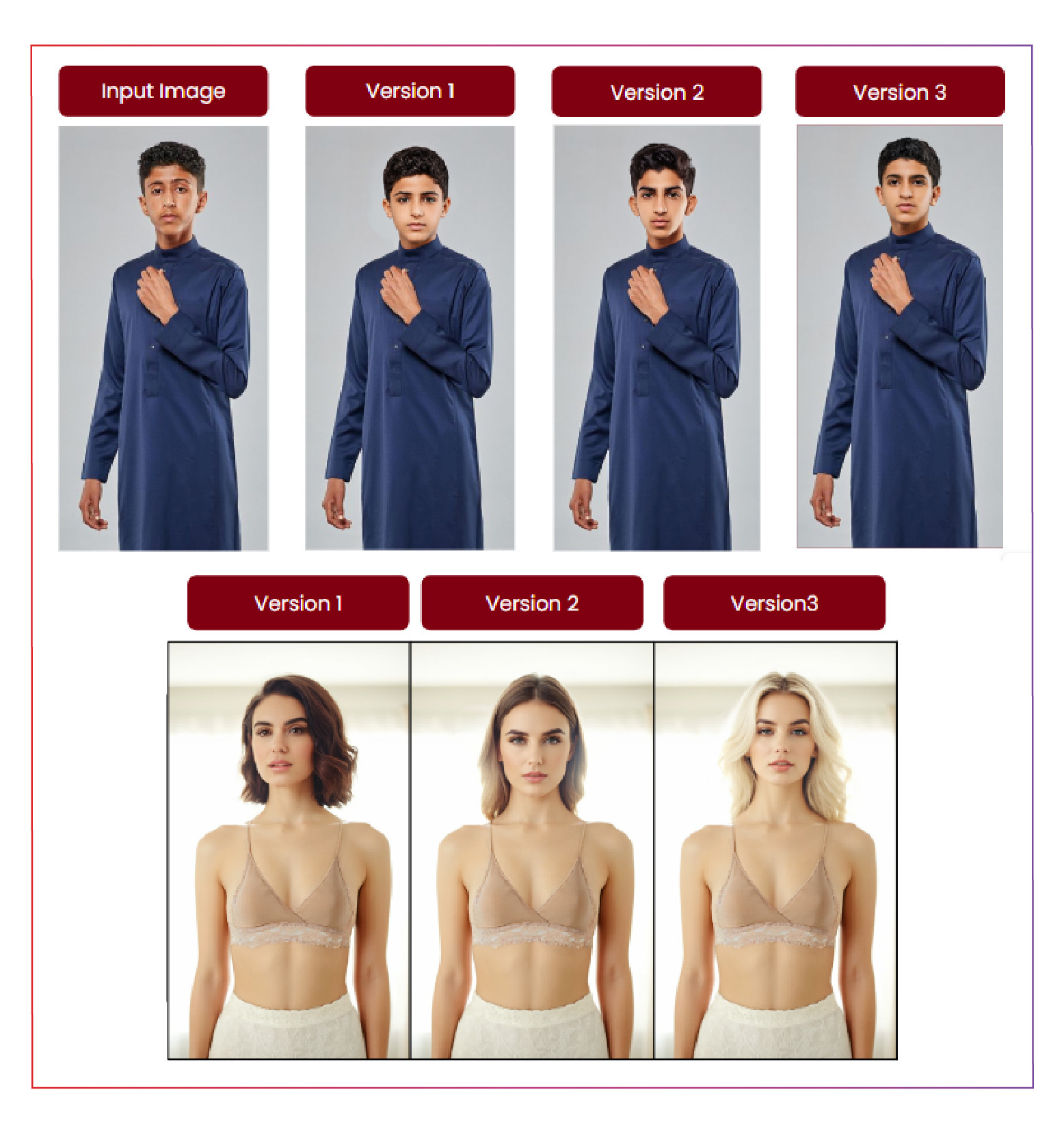
By embracing AI and automation, the fashion industry can overcome the limitations of traditional methods. This leads to faster turnaround times, reduced costs, and the ability to create a wider variety of content that resonates with a global audience. In essence, innovation is the key to unlocking a future of fashion imagery that’s not only stylish but also efficient, cost-effective, and inclusive.
Examples and Applications of AI in Fashion
- Enhancing Fitting with AI-driven Data: AI helps address the common issue of imperfect fitting in online clothing purchases. By utilizing machine learning, fashion brands can tailor clothing to actual human sizes, match various types of clothing, and determine optimal production locations.
- Personalized AI Recommendations: AI-driven virtual styling tools assist customers in selecting clothes that suit their body types, skin tones, and fashion preferences. Consumers upload images to a retailer’s online store, where a virtual stylist analyzes them and recommends ideal colors, reducing return rates and enhancing customer satisfaction.
- AI as a Creative Collaborator: AI serves as an inspiration source for designers, helping generate new concepts and styles. For example, designer Hussain Almossawi used AI to create a range of clothing inspired by the Japanese kimono, exploring different silhouettes and textures.
- Virtual Try-Ons with AI Apps: AI-driven augmented and virtual reality capabilities allow customers to virtually try on clothes. Apps like DressX enable users to project clothing onto their bodies, experiment with colors and textures, and find the perfect look without physical trials.
- Reducing Waste with AI Tools: AI helps retail companies minimize waste by predicting trends and optimizing production processes. By analyzing social media photos and employing machine learning, brands can develop efficient pricing strategies and avoid overproduction.
The Future of AI in Fashion
AI is poised to further transform the fashion industry by:
Enhancing Creativity: AI will continue to augment human creativity, enabling designers to explore new ideas and push the boundaries of fashion.
Improving Efficiency: Automation of repetitive tasks will free up time for designers and marketers to focus on strategic and creative aspects.
Promoting Inclusivity: AI can help create more inclusive fashion by generating designs that cater to diverse body types and cultural backgrounds.
Conclusion
As AI continues to evolve, its influence on the fashion industry will only grow, offering new possibilities for designers and brands alike. By embracing AI, the fashion industry can overcome the limitations of traditional methods, unlocking new levels of creativity, efficiency, and sustainability. This digital revolution is set to redefine fashion, making it more dynamic and inclusive than ever before.


